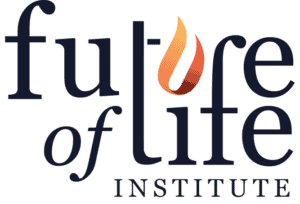Our content
Archives
Over the years we have created a large library of content relating to our cause areas. Here you can browse our archives by topic, search term, content type, and more.
Looking for something in particular?
You can search our site for any content items that contain your search term, including pages, posts, projects, people, and more.
Suggested searches
Here are some common searches that you might like to use:
Overview of all our content
Sort order
Number of results
Category
Content type
1 May, 2025
Future of Life Institute Newsletter: Where are the safety teams?
newsletter
1 May, 2025
newsletter
25 April, 2025
Inside China’s AI Strategy: Innovation, Diffusion, and US Relations (with Jeffrey Ding)
podcast
25 April, 2025
podcast
31 March, 2025
Future of Life Institute Newsletter: Recommendations for the AI Action Plan
newsletter
31 March, 2025
newsletter
30 March, 2025
Perspectives of Traditional Religions on Positive AI Futures
project
30 March, 2025
project
28 March, 2025
How Close Are We to AGI? Inside Epoch’s GATE Model (with Ege Erdil)
podcast
28 March, 2025
podcast
